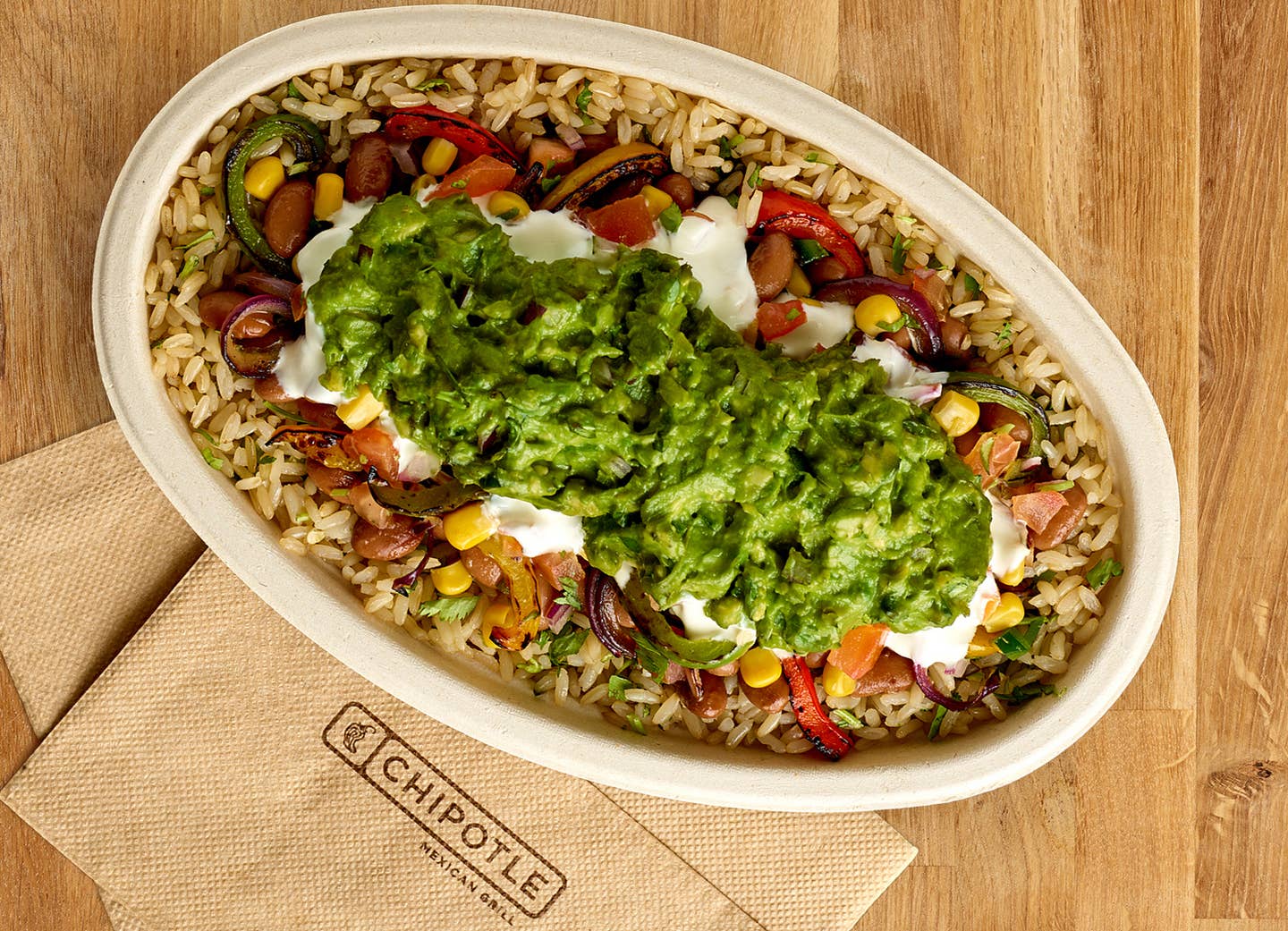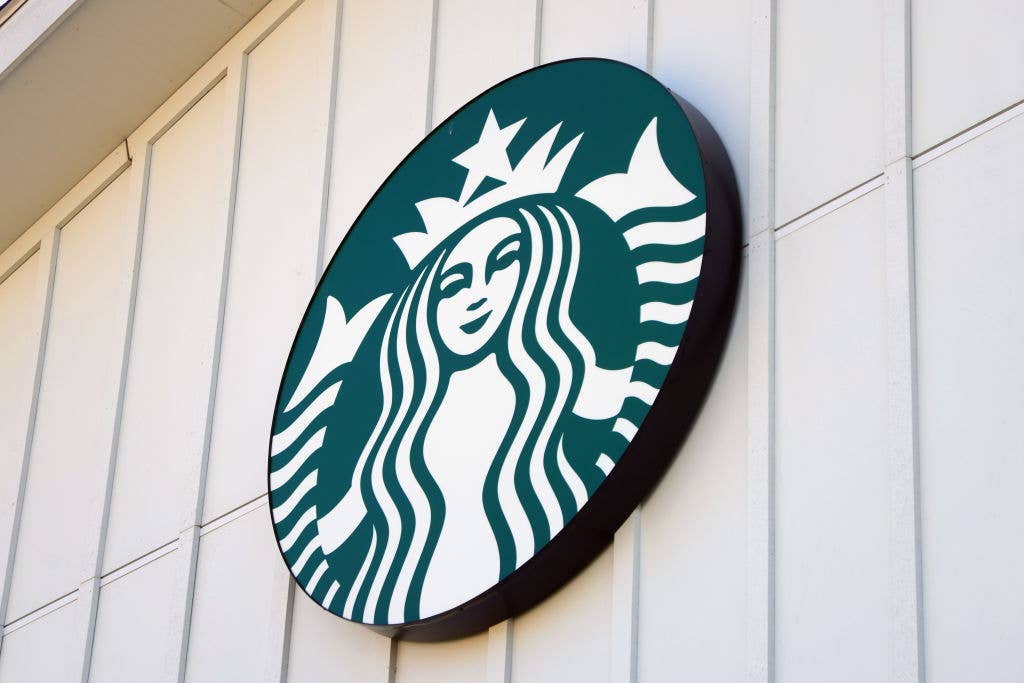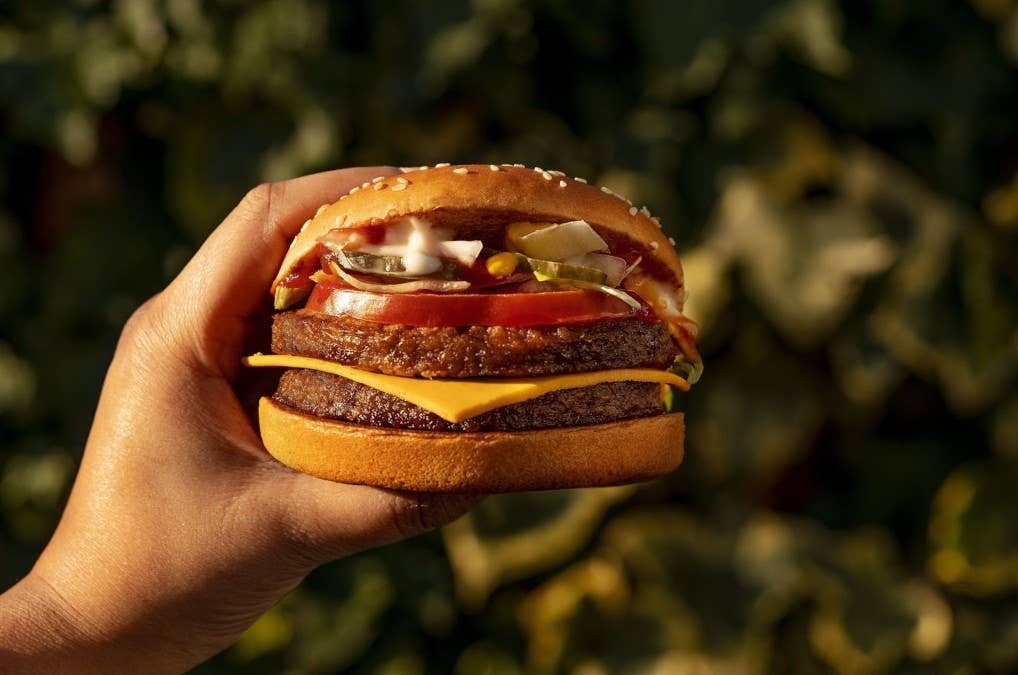
NYC Declares March 20th “MeatOut Day” as a Holiday From Eating Meat
New York City is quickly becoming the epicenter of the vegan world as newly elected Mayor Eric Adams keeps his plant-based campaign promises to help New Yorkers eat healthier. Adams just announced that New York City is getting its own plant-based holiday, declaring that March 20 is officially MeatOut Day in NYC. The proclamation signed this week teams up with the MeatOut initiative to promote plant-based eating across the entire city, hosting events for the entire week to help introduce vegan and plant-forward diets to all New Yorkers.
Founded in 1985, the MeatOut initiative started as a project from the animal rights group Farm Animal Rights Movement (FARM). The campaign aims to educate people about healthy, nutrient-rich diets that cut out or reduce meat and dairy consumption. Beginning on March 20, the MeatOut holiday will kick off a weeklong celebration lasting five days until March 25. The New York City government and the MeatOut initiative will also work closely with the vegan eatery P.S. Kitchen in Manhattan.
“As a New Yorker myself, I am particularly proud of this proclamation,” FARM Executive Director Eric C. Lindstrom said in a statement. “The advances Mayor Adams has made toward a plant-based future, and Vegan Fridays in New York City schools, align perfectly with our mission and the mission of MeatOut.”
New York City is the latest city to join the MeatOut Initiative. Currently, the MeatOut holiday is celebrated in more than 40 states and cities including Charlotte, North Carolina; Dallas, Texas; Riverside, California; and Louisville, Kentucky. Most recently, Colorado Governor Jared Polis declared that March 20 would be MeatOut Day for the entire state. The declaration was not well-received by everyone, however, and Nebraska Governor Pete Ricketts responded by making March 20th “Meat on the Menu Day” in his state.
Despite some backlash, MeatOut Day’s impact is widespread and the initiative intends to present a comprehensive introduction to plant-based living. The campaign highlights how plant-based eating is helpful for human health, the environment, and reducing animal cruelty. MeatOut Day’s nearly 40-year legacy also has inspired several other campaigns, including Paul McCartney's Meat Free Monday initiative.
New York City Goes Vegan
Mayor Adams fell into controversy soon after his election when an exposé revealed that he sometimes ate fish, at odds with his previously reported veganism. Although the realization incited some outrage, the mayor continues to promote plant-forward approaches to issues pressing New Yorkers. From food insecurity to unsustainability, Adams’ policies consistently prioritize vegan eating. Most recently, New York City’s public school system introduced “Vegan Fridays” across all public schools in the city.
The Vegan Fridays initiative aims to bring plant-based, nutritious foods to all one million students enrolled in the city's school system. The campaign will tackle food insecurity and help educate younger generations about the benefits of healthier, plant-forward eating.
“Plant-based options in schools mean healthy eating and healthy living, and improving the quality of life for thousands of New York City students,” Adams said at the time. “Plant-based meals are delicious and nutritious, which is why I previously called for vegetarian and vegan options in schools. I’m thrilled to see that all students will now have access to healthy foods that will prevent debilitating health conditions.”
Before becoming mayor, Adams frequently advocated for plant-based approaches to policies, both within New York City and nationally. The then-Brooklyn Borough President urged the Biden-Harris Administration to implement plant-based solutions to racial and financial disparities nationwide. Adams claimed it was the federal government’s responsibility to fix food deserts through a sustainable and plant-based approach, providing millions of Americans with nutritious options otherwise difficult to find.
Top 10 Sources of Plant-Based Protein According to a Nutritionist
1. Seitan
Protein: 21 grams in ⅓ cup (1 ounce) Seitan isn’t as popular as other proteins, but it should be! Made from wheat gluten, its texture resembles ground meat. It’s often used in pre-made veggie burgers or meatless nuggets. Seitan has a savory taste, like mushrooms or chicken, so it works well in dishes that call for an umami flavor. With a hearty texture, seitan can be the star of practically any vegan main dish. Add it to stir-fries, sandwiches, burritos, burgers, or stews. Like tofu, seitan will take on the flavor of any marinade or sauce.
2. Tempeh
Protein: 16 grams in 3 ounces If you like a protein with a bit of bite, add tempeh to your list. Made from fermented soybeans, tempeh has a slightly nutty flavor and is pressed into a block. Most varieties include some sort of grains, such as barley or millet. Not only is tempeh a plant-based source of protein, but the fermentation process also creates good-for-your-gut probiotics. You can cut tempeh right off the block and use it as the base for a sandwich or pan-fry it with some sauce. Or, crumble, heat, and make it the star of your next taco night.
3. Lentils
Protein: 13 grams in ½ cup cooked Lentils come in multiple varieties--red, yellow, green, brown, black. Regardless of the type lentils are small but mighty nutritional powerhouses. They pack a good amount of protein as well as iron, folate, and fiber. When cooked, brown lentils retain their texture and can be the base for a grain bowl or make a hearty substitute for ground meat in meatballs, lasagna, tacos or Bolognese. Red lentils are a bit softer and make a nice add-in for a hearty soup, chili, or stew.
4. Hemp Seeds
Protein: 10 grams in 3 tablespoons Hemp seeds are a tender and nutty seed, derived from the hemp plant. They contain good amounts of omega-3s, iron, folate, magnesium, phosphorus, and manganese. They are also a solid source of both soluble and insoluble fiber, which helps to keep your digestive tract healthy and humming. Because they pack a double whammy of protein and healthy fats, hemp seeds can help satisfy hunger, preventing those embarrassing stomach growls as you slog your way to your lunch break. Add them to your morning smoothie or sprinkle them on top of yogurt, oatmeal, or even a salad.
5. Tofu
Protein: 9 grams in 3 ounces (⅕ of a block) Made from coagulated soybeans, tofu is the most popular plant-based protein. Soy is one of the only meatless "complete" proteins, meaning that it contains all of the essential amino acids that the body can’t make but needs for muscle and immune function. With 15% of your daily calcium needs, tofu is also a good replacement for dairy.
6. Edamame
Protein: 9 grams of protein in ½ cup This sushi appetizer is a nutrient powerhouse, so eat it anytime. Edamame is really just another name for soybeans in their pods. Let’s list off some stats--a small ½-cup serving of edamame has 9 grams of protein, 15% of your daily vitamin C, 10% of your daily iron and 16% of your daily fiber. Keep a bag of edamame in your freezer to serve as a fun-to-eat side dish or opt for the shelled variety to toss into salads or a grain bowl.
7. Quinoa
Protein: 8 grams per cup (cooked) Quinoa is an ancient grain and since it's gluten-free a great choice for anyone avoiding gluten. Add it to your burger recipe to create filling texture, or instead of meat in your taco or burrito. Quinoa is among the healthiest foods on the planet, delivering phytonutrients that have anti-inflammatory qualities, so keep it in your pantry for any meal that needs a filling grain. Just remember to soak it and rinse before cooking to get rid of any bitter taste.
8. Black Beans
Protein: 7 grams in ½ cup (canned) Eating beans on the regular might as well be a prerequisite for a plant-based diet. Not only are canned black beans inexpensive, but they also contribute 10% of your daily iron and 25% of your daily fiber to your diet. For less than $1 a can, beans can be the star of tacos, quesadillas, salads, soups, burgers, or dips.
9. Amaranth
Protein: 6 grams in ⅔ cup (cooked) Chances are you’ve never cooked amaranth. But you should, since this tiny, gluten- free grain is packed with almost 30% of your daily fiber and 20% of your daily iron. Cook it like a traditional grain to yield a soft, porridge-like texture. Many people add amaranth to other a hot breakfast cereal mixture, like oats and quinoa. It also pops like popcorn. Toss it in a pot with some oil and wait for it to pop up into a nutritious snack.
10. Peas
Protein: 5 grams in ⅔ cup If peas were one of your most hated veggies as a kid, it’s time to give them another chance. These green beans are a great low-calorie protein to keep in your freezer. Sure, they don’t always taste great when steamed or microwaved (who wants to eat mushy, overcooked peas?), but they do blend well into a yummy puree that can be slathered on toast. To amp up the flavor, add some lemon juice or mint to your mix before you blend.
More From The Beet






